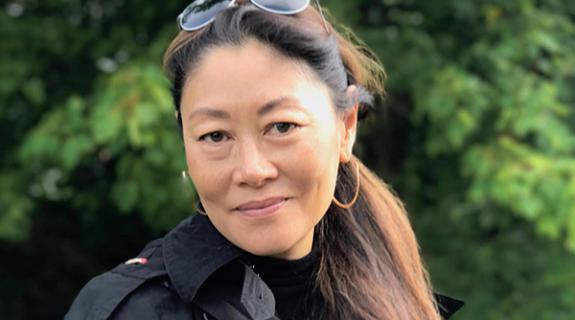“Omniculturalism takes the perspective that every human is inherently different, and that’s what we all have in common,” said Linda Ong, branding expert and chief culture officer of Civic Entertainment Group. “Our difference is what unifies us.”
That’s in contrast to multiculturalism, where many cultures—like race, religion, and age—co-exist with each other. Although this concept is widely known in today’s society, it can sometimes be problematic.
“Its intent was to include everybody, but it really just separated people based on their differences…there was a representation conundrum where one person, all of a sudden, had to speak for an entire segment,” Ong said.
That’s where omniculturalism—the latest wave of diversity and inclusion—comes in. Ong will be joined by Freeform’s Tricia Melton at the 2019 Promax Conference to explore this growing cultural perspective during the “Omniculturalism: The Next Wave of Diversity” session.
“Multiculturalism is inviting people to your party, while omniculturalism is asking them to dance and really getting to know them,” Ong said. “It’s much more driven by empathy, whereas multiculturalism is about dividing people on difference.”

Omniculturalism is a growing movement fueled by millennials and Generation Z, who largely grew up celebrating and embracing diversity. People no longer want to ascribe to a certain norm anymore, Ong says; they want their “unicorn,” or individuality, to show.
And with these values, consumers are gradually becoming less interested in unrelatable, “generic.” That’s why television shows are experiencing a growth of intersectional storylines, Ong says, using Netflix’s Special as an example.
Starring writer/director Ryan O’Connell, Special follows a gay man with cerebral palsy struggling to accept his identity.
“[His] cerebral palsy is something that would have marginalized or outcasted him in a prior era,” Ong said. “But now, it looks at him like a normal kid who happens to have cerebral palsy. He goes through many ordeals that ‘normal’ kids go through, it’s just from his perspective.”
RELATED: Netflix’s ‘Special’ Shows Journey of Gay, Disabled Man
Ong also cited Ramy as an example, Hulu’s stand-up comedy that follows a young, Egyptian-American man who’s conflicted between abiding his Muslim culture and embracing his adventurous youth.
“He’s going through everything 20-year-olds experience—dealing with dating, his parents, work—but he happens to be Muslim,” she said. “That’s what’s really interesting about omniculturalism. It really looks at everybody on their own terms—as they see themselves and the world.”
But implementing an omnicultural perspective goes beyond casting and developing an intersectional storyline. Everything within the production values—from the lighting to the music and subtitles—should be considered to reach and relate to wider audiences.
Assuring inclusivity also lies within the company itself, Ong says. When creating a team or hiring employees, it’s important to seek different perspectives to create diverse, intersecting content that millennial and Gen Z audiences relate to.
“This is such an exciting and rich area creatively that we should all feel inspired by. The options to explore the human condition are infinite and endless,” Ong said.
RELATED: ITVS’ Lisa Tawil on Pushing Past Unconscious Bias
“Before, to reach the broadest audience, you had to find the lowest common denominator,” Ong said. “[Viewers] didn’t want to watch people who were different because it was foreign, exotic or scary…now, you can watch someone with cerebral palsy or someone from a Muslim background who might have a different upbringing than you. But you can relate to them on human values. And that’s really what omniculturalism is about.”
Catch Ong’s upcoming session, “Omniculturalism: The Next Wave of Diversity,” on Wednesday, June 5 during the 2019 Promax Conference at the J.W. Marriott at L.A. Live.













































__twocolumncontent.jpg)











